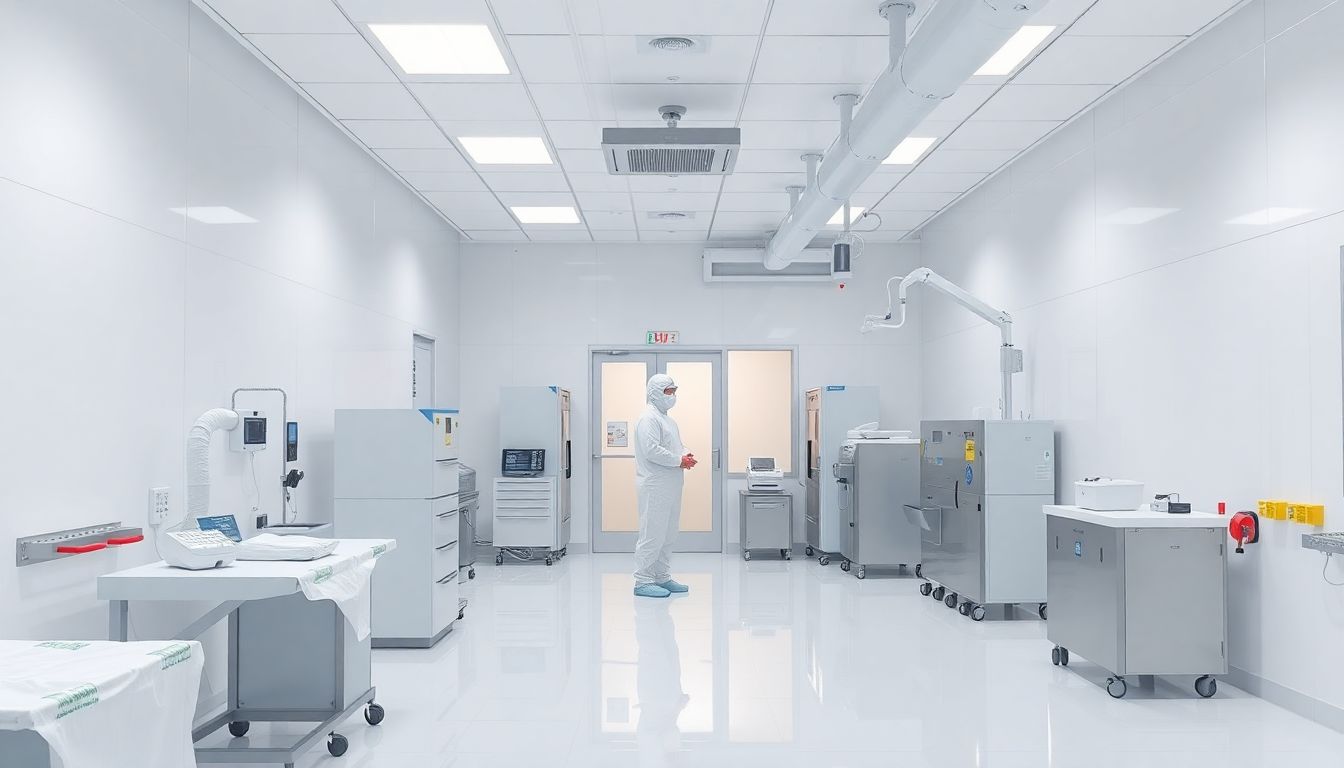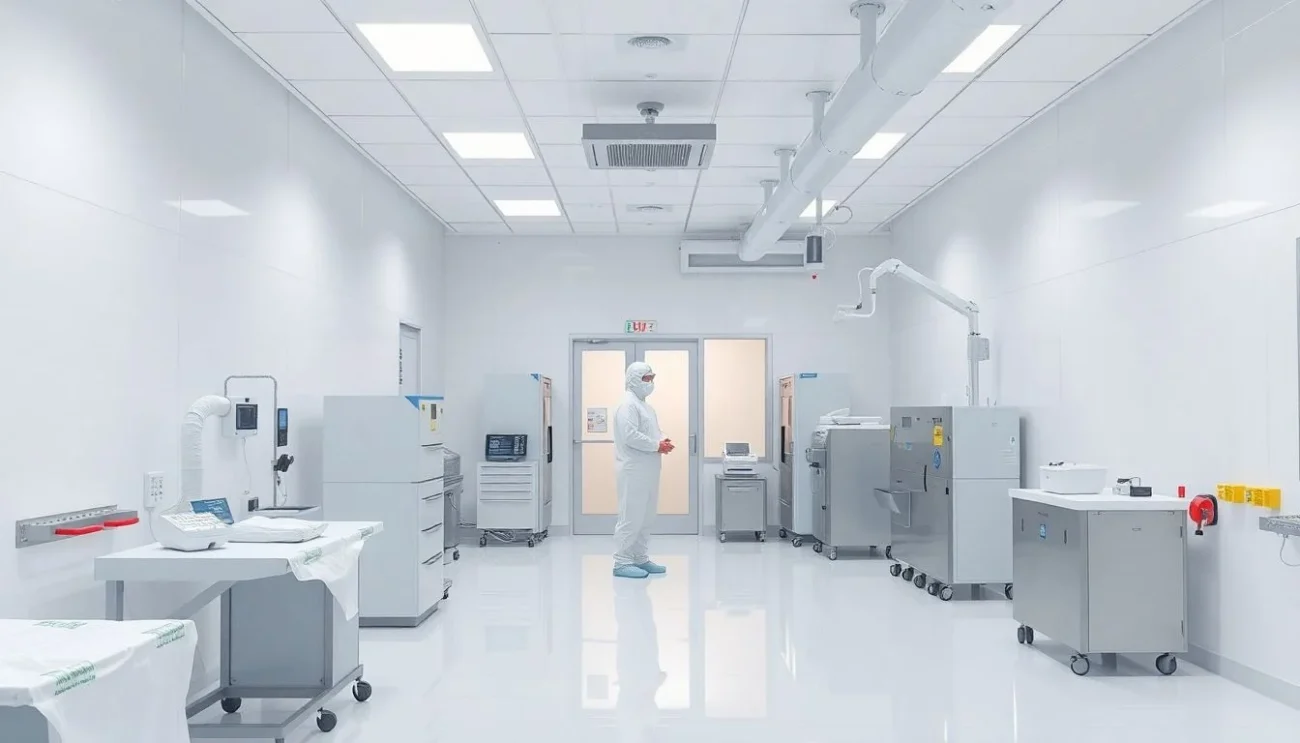
Imagine a batch of life-saving drugs ruined by a tiny speck of contamination. It sounds like a nightmare, right? Fumigation is the superhero that swoops in to prevent this. It’s a vital step in keeping pharmaceutical clean rooms sterile. Validation? Think of it as the quality check that makes sure our hero, fumigation, is actually doing its job.
Why is Fumigation Validation Critical in Pharmaceutical Clean Rooms?
Fumigation validation is crucial in pharmaceutical clean rooms. It ensures that the fumigation process is effective. Rules and guidelines from groups like the FDA and EMA demand it. Compliance with GMP is essential. Validation proves the process works the way it should, time after time.
What happens if fumigation isn’t up to par, and validation is skipped? Bad news. There could be product recalls. This leads to money lost. Worse, patient safety is at risk. A company’s reputation could get damaged. No one wants to be known for unsafe medicine.
Statistics paint a clear picture. Cleanroom contamination happens more than you think. It hurts pharmaceutical manufacturing a lot. Validation helps keep these numbers down. It’s a safety net.
Preparing for Fumigation Validation: A Step-by-Step Approach
Getting ready for fumigation validation is like preparing for a big exam. You can’t just wing it. First, a risk assessment is needed. Find any possible sources of contamination. Pinpoint the spots that are most critical to control.
Next, pick the right fumigant and equipment. Not all tools are created equal. Choose what fits your specific needs. Develop a validation plan. Set clear goals for how effective the fumigation must be. Decide where and how often you will take samples.
Training is essential. Make sure everyone knows the fumigation steps. They also need to know the safety rules. It will keep everyone safe.
Executing the Fumigation Validation Process
Doing the fumigation the right way matters a lot. Follow the validation plan closely. Keep an eye on fumigant levels during the process. Don’t let them drop too low.
Control the environment. Temperature and humidity play a big part. They help the fumigant work its best. It makes the whole process effective.
How do you know if it worked? That’s where sampling and testing come in. Use biological indicators (BIs) and chemical indicators (CIs). These show if the fumigant killed the bad stuff. Handle the BIs carefully. Incubate them properly. This ensures accurate results.
Collect data and analyze it. Did you meet the goals? Use statistics to look at BI and CI results. If something went wrong, write it down. Note what you did to fix it.
Analyzing Fumigation Validation Results and Generating Reports
Look closely at the validation results. Did fumigation kill everything it needed to? Spotting trends in the data can reveal important details. It’s important to interpret the data carefully.
A complete validation report is a must-have. Include the plan, the steps, and the results. State your findings and what you suggest for future fumigation. It gives a clear picture of the entire process.
If things didn’t go as planned, don’t panic. Find out why it happened. Take steps to fix the problem. If needed, re-validate. This makes sure the process truly works.
Maintaining Validated Status and Ensuring Ongoing Compliance
Validation isn’t a one-time thing. You need to keep it up. Set up a routine monitoring program. This ensures fumigation keeps working well. Doing periodic performance qualification (PQ) studies is a smart move.
Review the fumigation steps often. Update them if needed. If something changes in the clean room or with the equipment, manage it carefully. A change control process helps.
Keep everyone trained and informed. Ongoing education is key. This ensures they know the latest and greatest in fumigation. It keeps standards high.
Conclusion
Fumigation validation in pharmaceutical clean rooms is essential. It ensures sterility, protects products, and safeguards patients. A well-documented validation process is the backbone of effective fumigation.
Staying alert and always seeking improvement is the key. It keeps sterility strong. It ensures patient safety. It’s a continuous cycle of improvement.
